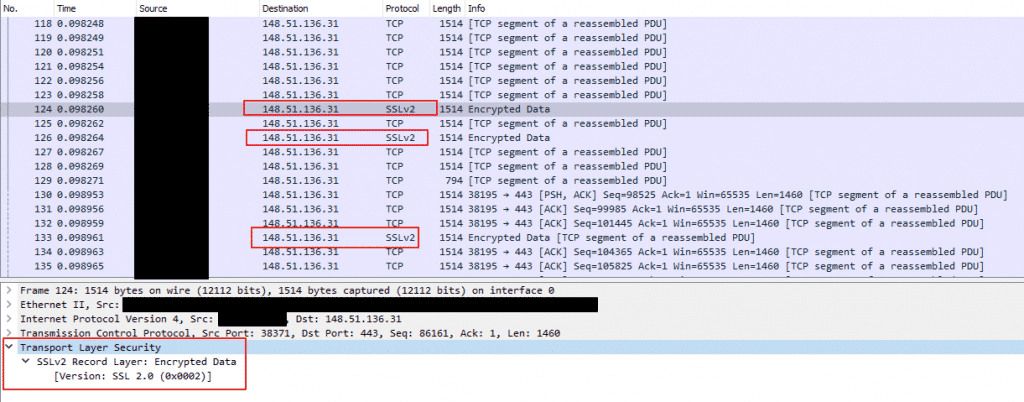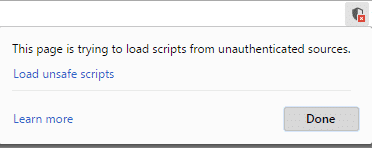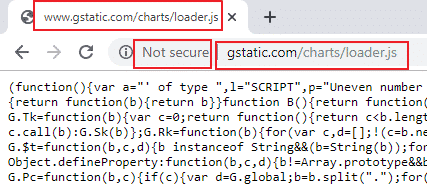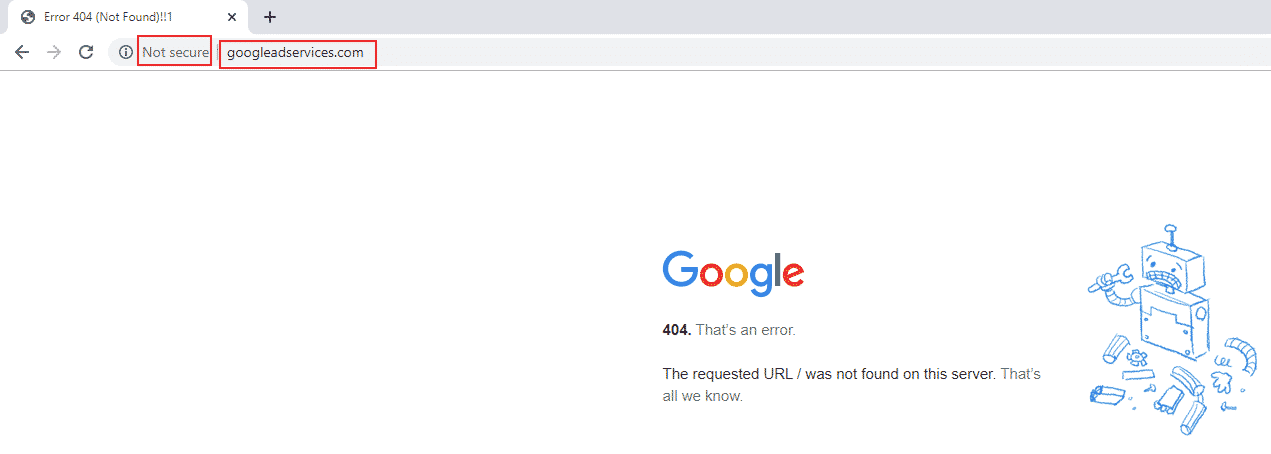Category Archives: Cryptography, Encryption, Decryption
iDrive backup use SSL 2.0
Recently I begun using iDrive cloud backup service, using their Windows client.
Being who I am I sniffed around and found that during the backup the Windows app is backing up files to the service server using SSL 2.0, which is considered as not secure.
See a Wireshark screenshot below.
Log of events trying to get iDrive response for this issue:
2-Dec-2019 – I sent an email to their support asking about this problem. I received immediately an auto-reply email with support case ID number
7-Dec-2019 – Since I didn’t get any human reply, I sent another email asking for reply, using the relevant case ID.
9-Dec-2019 – I got a reply that my case was filed under a case ID for all the past enhancements requests I sent before
Right after accepting this email I replied that this is not an enhancement request but a vulner to take care of and that I wish a security employee will contact me
That’s it. Nothing since then. It’s time to go public.
To their credit I must note that they claim their app encrypts the data before it is sent over the network (I didn’t check this part. Yet…).
Still, I believe every layer should be secured correctly.



Not OK, Google
Last weekend I logged into my credit card company web site and accessed the page of my transactions.
Suddenly something strange caught my attention, my Google Chrome browser presented the icon of “unsafe site”…

In my credit card’s web site?!
Not on my watch… 😉, so I looked into the page’s source code and Chrome’s warnings, were one main finding stood out – a red colored error stating:
“Mixed Content: The page at ‘https://<site-domain-name>/Card-Holders/Screens/Transactions/Transactions.aspx’ was loaded over HTTPS, but requested an insecure script ‘http://www.gstatic.com/charts/loader.js‘. This request has been blocked; the content must be served over HTTPS.”
(You can test it yourself using this site, which will show you the server’s response)


Hmmm… who owns gstatic.com? well, Google! The same one who develops the browser that I am using, Chrome… ahhh, the irony….
And as far as I know, Google really works hard to apply strong security and SSL/TLS everywhere, at its sites and services, and pushes the whole Internet towards security. Even the Google’s “unsafe sites” help page states that missing SSL (“secure”) is one of the reasons to present the “unsafe site” icon:
“This page is trying to load scripts from unauthenticated sources: The site that you are trying to visit isn’t secure.”
First thing first – I informed this issue to the relevant person at the credit card company, to simply change the URL to use HTTPS.
Then, being the good digital citizen I am, I turned to Google’s security team and filed an issue about the above.
At the same day they replied:
“
Status: Won’t Fix (Infeasible)
Hey,
Thanks for the bug report. We analyzed it, but there are still some areas we don’t understand fully.
How could this be used in the attack against other users? Please write a more detailed attack scenario – we have prepared some tips on how to create one at https://sites.google.com/site/bughunteruniversity/improve/writing-the-perfect-attack-scenario.
Thanks a lot in advance!
Regards,
<name>, Google Security Team
“
I didn’t even bother to write such a report. SSL/TLS is so basic, that we shouldn’t even drill into reasoning it these days.
In addition, while writing this post I also noticed that http://www.googleadservices.com is also allowing plain text access and does not automatically redirect to HTTPS.
It is also owned by Google and you can also see its server’s response.

Since I know Google is VERY security oriented, this looks strange to me as something that was possibly overlooked. Is it possible that it is so on purpose? To allow access by weaker/older clients? other reason(s)?
Update, 13-Nov-19:
Google team just updated their response with the following text:
“
Migrating all the domains to HTTPS, and deprecating all clients that can only talk HTTP takes time. We’re constantly trying to add HSTS support to various services, but we know there’s still much to do in this area. As we already know about our HSTS posture and are actively working on this, we don’t treat the lack of HSTS for a given domain as a bug that needs a separate response, and tracking (see https://sites.google.com/site/bughunteruniversity/nonvuln/lack-of-hsts). Thanks for your research and better luck next time!
“
It didn’t really changed my mind. I am sure they know they can at least auto-redirect the clients, using the server’s response, to the HTTPS version of their sites. My guess is that this is done to try and reach more clients for their services, probably mostly their ads service.
gstatic.com was registered on 2008. googleadservices.com was registered on 2003. We’re towards the end of 2019. They didn’t have the time till now to add SSL to these sites? The mighty Google?
The one which gives better search engine rank to sites with SSL (from 2014)? The company which runs “Project Zero” (also from 2014), which aims to find vulnerabilities at non-Google services and products?
Before you educate the world – clean up your own stuff. Be the example to follow.